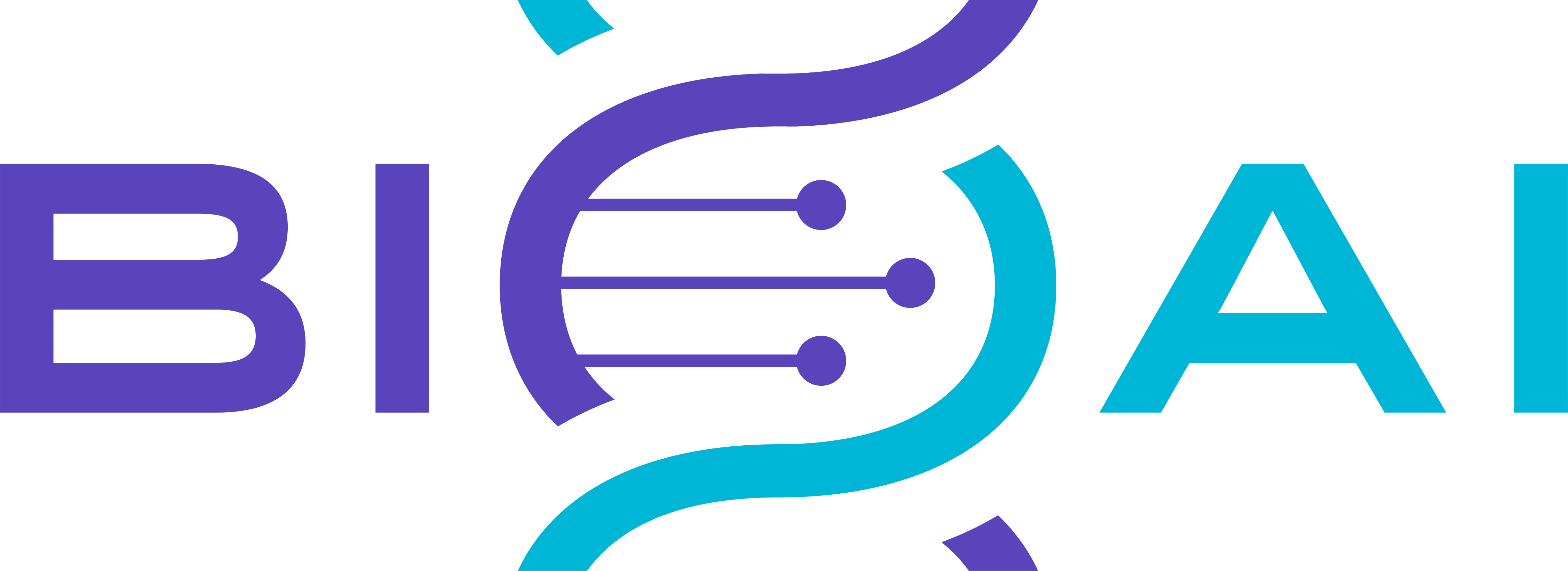
Rapid Genomic Profiling
AI Biomarkers for Lung Cancer*
Detecting oncogenic driver mutations in NSCLC
based on tumor tissue images
The Growing Need for Rapid Genomic Profiling
Lung cancer ranks among the most common cancers and is the leading cause of cancer death globally.
Quick treatment is essential, but many cancer patients don’t get the right initial care. This is often because genomic profiling, which helps decide the best therapy, takes too long – usually 3 to 5 weeks.
Non-small cell lung cancer (NSCLC) has many molecular subtypes, each needing different treatments. Recently, there has been a rapid increase in new targeted therapies for many of these subtypes, and this trend is expected to continue.
Biomarkers recommended by the NCCN today | ||
|---|---|---|
EGFR | NTRK1/2/3 | ALK |
KRAS | ERBB2
(HER2 | ROS1 |
BRAF | RET | METex14 skipping |
Emerging Biomarkers expected soon | |||
|---|---|---|---|
STK11 | BRAF non-V600 | TP53 | NRG1 |
KEAP1 | BRAC1/2 | TMB | ERBB2 ampl. |
MAP2K1 | KRAS
(non-G12C) | PIK3CA | Pan-Ras |
Barriers to Comprehensive Genomic Profiling today

Long turnaround
Often takes 3-5 weeks, in which case results are not available for early treatment decisions.

Destructive
Consumes extra tumor tissue, which is often scarce, especially in lung cancer. Leaves less material for further diagnostic testing

Costly
Expensive, limiting access for many patients and many healthcare systems
Rapid AI-based Biomarker Profiling for NSCLC*
BioAI is developing a fast genomic screening solution using images of H&E-stained tumor tissue samples on microscope slides. These slides are standard in diagnostics and help pathologists determine if it’s cancer.
If it is, quick action is needed. Pathologists then prioritize further tests to subtype the cancer, assess its aggressiveness, and analyze it molecularly through biomarkers.
BioAI aims to enhance this final step of molecular subtyping. Using one digital H&E slide, BioAI can potentially read an entire biomarker panel, eliminating the need for extra tumor tissue. The entire process, from scanning to biomarker report, is designed to take only a few hours.

AI Biomarker Benefits*
- Rapid results
available to potentially inform early decisions
- No additional tumor tissue required
image taken from standard tissue slide after biopsy
- Lower cost per patient
providing easier access
*AI Biomarkers are in development.
References
- State of Lung Cancer 2023 report. American Lung Association. https://www.lung.org/getmedia/186786b6-18c3-46a9-a7e7-810f3ce4deda/SOLC-2023-Print-Report.pdf
- Impact of Clinical Practice Gaps on the Implementation of Personalized Medicine in Advanced Non-Small-Cell Lung Cancer. JCO Precis Oncol. 2022 Oct 6: https://pubmed.ncbi.nlm.nih.gov/36315914/
- Oncogenic alterations in advanced NSCLC: a molecular super-highway
https://doi.org/10.1186/s40364-024-00566-0 - Future perspective for the application of predictive biomarker testing in advanced stage non-small cell lung cancer https://doi.org/10.1016/j.lanepe.2024.100839
- NCCN Clinical Practice Guidelines in NSCLC Oncology https://jnccn.org/view/journals/jnccn/22/4/article-p249.xml
- An Ensemble AI Model for RET Alteration Detection Using H&E Images as a Putative Screening Tool for More Efficient Genomic Alteration Detection https://doi.org/10.1089/aipo.2024.0015

